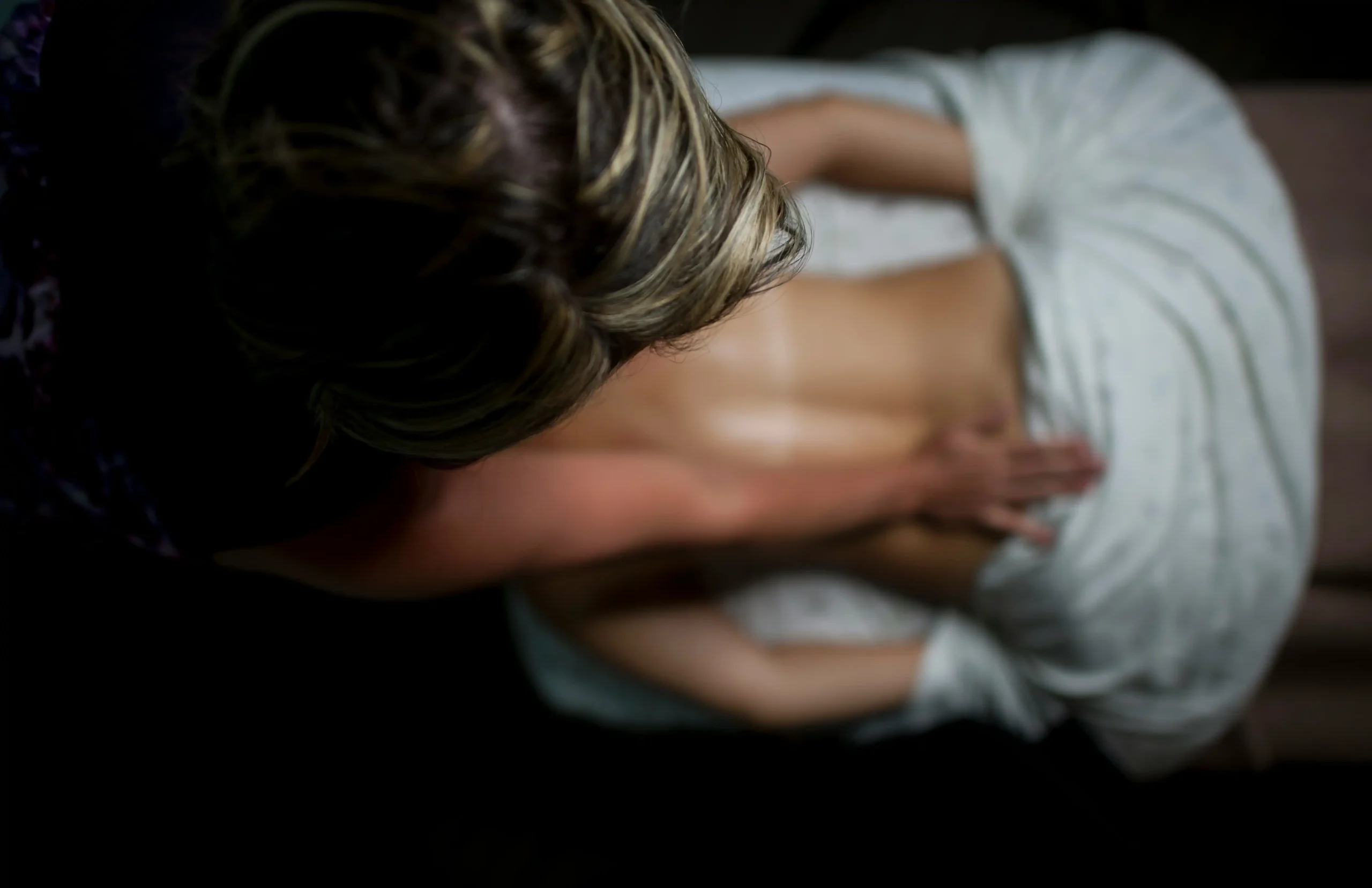Female ejaculation, often referred to as female ejaculation, is a natural process that arouses interest among both men and women. Although it is less well known than its male counterpart, more and more women are sharing their experiences with the phenomenon. Female ejaculation is the release of fluid by the periurethral glands during intense sexual arousal. This phenomenon can occur variably in different women, making each story unique. Learning about the physiology of female ejaculation can help you better understand your own body and increase sexual satisfaction.
Table of Contents:
- What is female ejaculation?
- How to achieve female ejaculation?
- 5 popular myths about female ejaculation
What is female ejaculation?
Female ejaculation, also known as female ejaculation, is a phenomenon involving the discharge of fluid from a woman’s urethra during orgasm or sexual stimulation. There are many theories and studies on the subject, but it is still an issue that is controversial and not fully understood, even in the scientific community.
Editorial recommends: How to understand and accept your bisexuality?
One of the main sources of fluid during female ejaculation are Skene’s glands, located near the anterior vaginal wall, around the urethra. These glands are often compared to the male prostate and produce fluid containing enzymes such as acid phosphatase and prostate-specific antigen (PSA). Some studies suggest that some of the secreted fluid may come from the bladder, which is the reason why the fluid may contain some urine. This is controversial, as some women experience ejaculation without any sensation of urination.
The fluid secreted during female ejaculation can contain various components, including water, glucose, acid phosphatase, prostaglandins and PSA (Prostate-Specific Antigen). The mechanism of female ejaculation is not fully understood. There are several theories about how female ejaculation occurs, but none of them have been conclusively confirmed.

How to achieve female ejaculation?
Achieving female ejaculation can vary depending on each woman’s individual physiological characteristics, preferences and sexual comfort level. There are several techniques and methods that can help induce female ejaculation.
Above all, open communication with your partner about your desires, needs and boundaries is key. Expressing your expectations and listening to your partner can greatly improve the sexual experience. It is important for a woman to feel relaxed and comfortable. Stress and tension can make it difficult to achieve orgasm and ejaculation. It’s a good idea to provide an appropriate environment, such as dim lighting, music or a relaxing bath before sexual activity.
The G-spot, located on the front wall of the vagina, about 5-8 cm from its entrance, is often a key area of stimulation leading to female ejaculation. Stimulation of this area can lead to intense sensations and ejaculation. The G-spot can be felt as a slightly rough, spongy structure on the front wall of the vagina. The best way to do this is to use one or two fingers, which should be inserted into the vagina, pointing toward the front wall and making a “pulling”-like motion. Gentle, rhythmic pressure, massaging or stimulating the G-spot, can lead to intense sensations. It is worth experimenting with different techniques and pressure to find the most suitable method.
The use of erotic toys can also be very helpful. Special vibrators designed for G-spot stimulation have the right shape and curvature to thoroughly stimulate this area. Dildos with the right shape can also be effective. It is worth noting that erotic toys are made of body-safe materials and are properly cleaned before and after use.
Another technique is combined stimulation, or simultaneous stimulation of the G-spot and clitoris. Many women experience more intense orgasms and ejaculations when both areas are stimulated simultaneously. A partner can use fingers or erotic toys to stimulate the G-spot, while the other hand or mouth will take care of the clitoris. It is important to adjust the intensity and rhythm of stimulation to the woman’s preference.

Stimulation of erogenous zones such as breasts, nipples, neck, inner thighs can also contribute to achieving ejaculation. Some women need more comprehensive stimulation, involving different parts of the body, to achieve orgasm and ejaculation. The key is to experiment and discover what works best for the individual. Every woman is different, so what works for one may not necessarily work for another. Patience and a willingness to explore are key.
It is also worth remembering to moisturize properly. Vaginal dryness can hinder stimulation and cause discomfort. Using water-based lubes, can greatly improve the quality of stimulation and make it more enjoyable.
During stimulation, pay attention to the body’s reactions. Changes in breathing, muscle tension or sounds made by the partner can be clues as to what she finds pleasurable and what may lead to ejaculation. Partners should be sensitive to these signals and adjust their actions accordingly.
It should not be forgotten that achieving female ejaculation can take time and practice. Not every woman is able to experience ejaculation during every sexual intercourse and this is perfectly normal. The key is not to put pressure on yourself or your partner, as this can lead to stress and lower sexual satisfaction.
5 popular myths about female ejaculation
Female ejaculation is a phenomenon that arouses a lot of interest and gives rise to many myths and misunderstandings. Here are 5 popular myths about female ejaculation.
1. female ejaculation is the same as urine. This is one of the most common myths. The fluid of female ejaculation, although it may contain some urine, has a different chemical composition, including specific enzymes such as PSA that are not found in urine.
2. all women can ejaculate if properly stimulated. Not all women experience ejaculation, even with proper stimulation. Every body is different, and some women may never experience ejaculation, which does not mean there is something wrong with them.
3. female ejaculation is always accompanied by orgasm. Although female ejaculation often occurs during orgasm, this is not the rule. Some women may experience ejaculation without reaching full orgasm, and others may have orgasms without ejaculation.
4. female ejaculation is always abundant. The amount of fluid secreted can vary widely between women and even between different experiences of the same woman. It can be a few drops or a larger amount of fluid.
5. female ejaculation is a sign of exceptional pleasure. Although ejaculation can be a source of pleasure for many women, its absence does not mean a lack of sexual satisfaction. Female ejaculation is just one of many possible elements of the sexual experience.
Editorial recommends: Traditional kitchen: How to create a warm and cozy interior?





